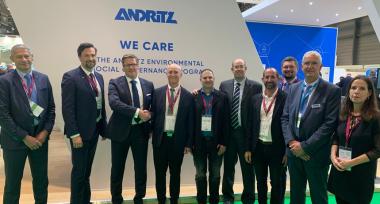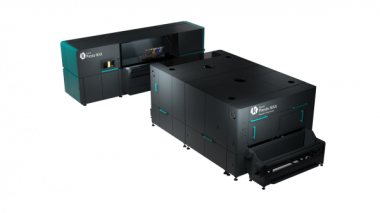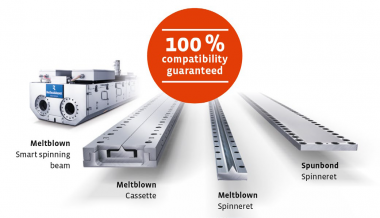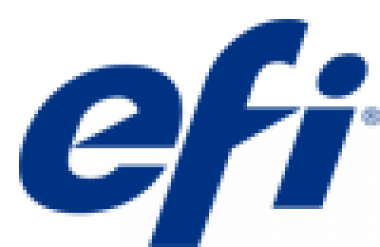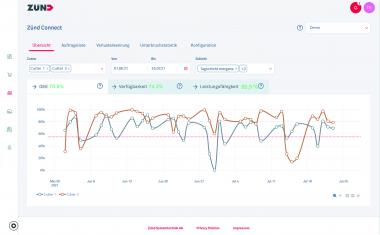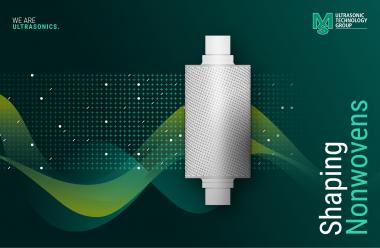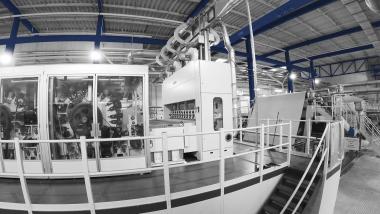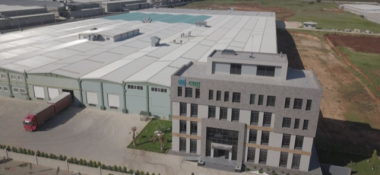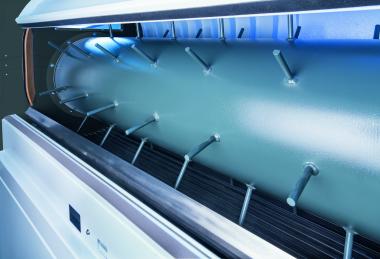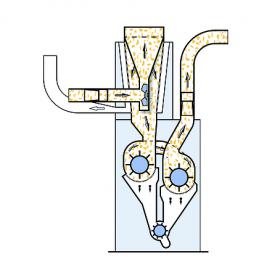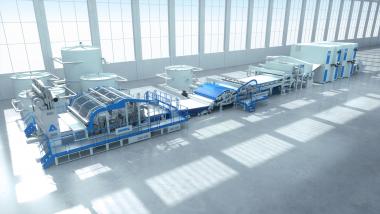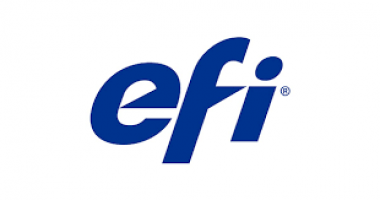ANDRITZ to supply a neXline wetlace hybrid line to Albaad, Israel
International technology group ANDRITZ has received an order from Albaad Massuot Yitzhak Ltd. to supply a neXline wetlace hybrid line for their Dimona facilities, Israel. The line will produce a wide variety of pulp-based wet wipes and is scheduled for start-up during the third quarter 2023.
The state-of-the-art neXline wetlace hybrid is the perfect combination of inline drylaid and wetlaid web forming with hydroentanglement and drying, including quality control equipment and a Metris Industry 4.0 package. All components will be delivered by ANDRITZ and are designed to produce first-class fabrics, including biodegradable, carded-pulp and flushable/dispersible nonwovens for end uses as wipes.
Tobias Schäfer, Vice President Sales at ANDRITZ Nonwoven, comments: “Our innovative production line gives Albaad enormous flexibility in the production of wipes. In addition, the Metris digitalization package by ANDRITZ will provide Albaad with highly efficient and smart operation.”
Dan Mesika, CEO and President of Albaad, says: “We are dedicated to developing new products – such as eco-friendly, biodegradable wipes. As pioneering manufacturers of our Hydrofine® flushable wipes, we are committed to environmental sustainability. Thanks to the new ANDRITZ line, we will enlarge the product portfolio at our Dimona production site with innovative fabrics and high efficiency.
Gadi Choresh, President of the Nonwovens Division at Albaad, says: “Our knowledge and experience in drylaid and wetlaid technology, together with the state-of-the-art equipment supplied by ANDRITZ, will enable us to provide the market with natural-source nonwovens and the best answer to the market demand.”
Albaad is one of the world’s three largest wet wipe manufacturers and is committed to delivering excellent wipes for every need. The company runs world-leading production facilities on three continents, each equipped with the latest technologies. Albaad produces spunlace and flushable fabrics in its facilities as well as purchasing from other roll goods suppliers in order to support production of a wide variety of wipes.
Andritz Albaad Massuot Yitzhak Ltd. nonwovens wipes neXline Wetlace Sustainability
ANDRITZ AG


